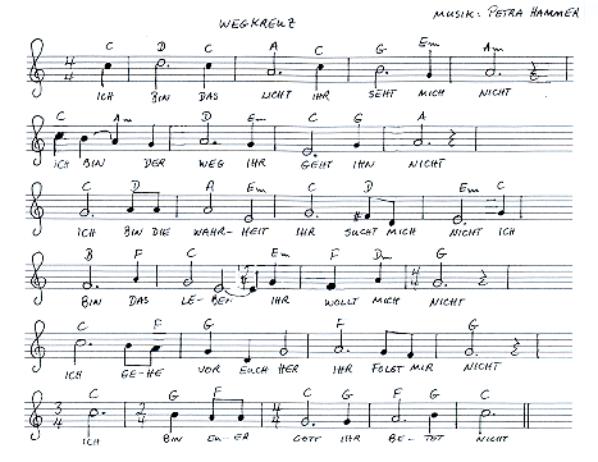Part 6 – The path to life
-
Dangers on the path of life
The teachings about vices
Eight virtues
Eight steps according to Buddha's teaching
The succession of Christi
Goal of the journey of life
Literature
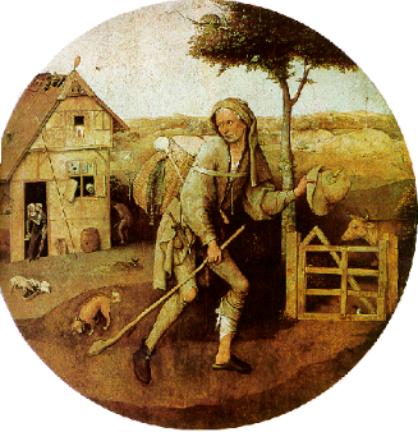
|
Table of Contents Part 6 – The path to life
The teachings about vices Eight virtues Eight steps according to Buddha's teaching The succession of Christi Goal of the journey of life Literature |
 |

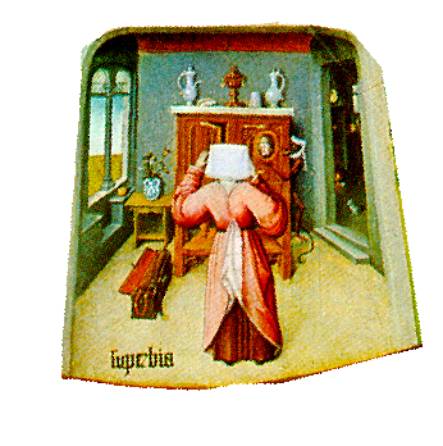
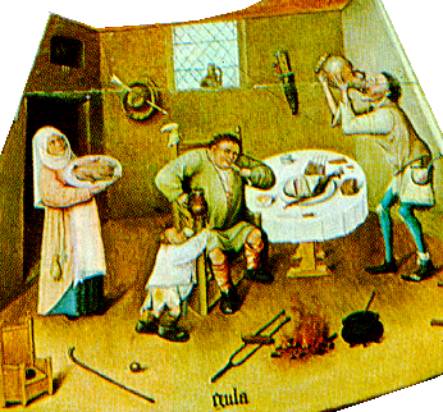
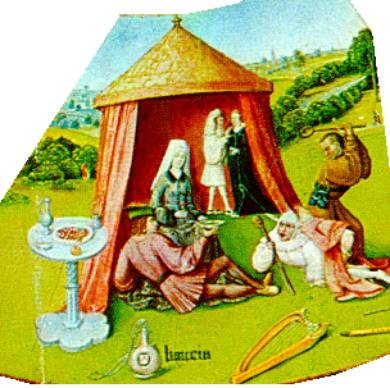
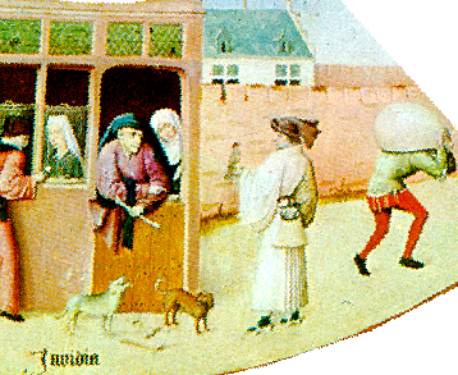
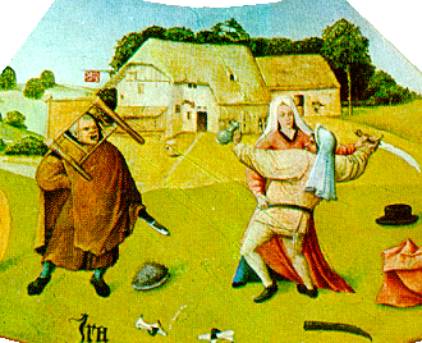

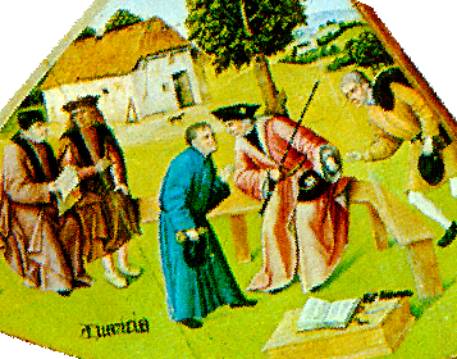
|
a) through his words b) through his posture c) through his conduct |
the talking the posture the behaviour |
|
1. gluttony 2. lust 3. greed 4 . sadness 5. anger 6. apathy (acadia) 7. to seek fame 8. pride |
covetous part emotional part spiritual part |
|
1. gluttony 2. lust 3. greed 4. sadness 5. anger 6. acedia 7. to seek fame 8. pride |
to rationalize imagination / fantasy fear and timidness affection to the world emotional frenzy for suffered injustice apathy, "null bock" glorification of the ego arrogance or inflation |
|
1) gluttony 2) sexual offence 3) greed 4) sadness 5) anger 6) acedia 7) boasting 8) pride |
abstinence chastity without possession delight indifference patience modesty humility |
 |
 |
|
1. right realization 2. right attitude 3. right talking 4. right doing 5. right striving 6. right effort 7. right watchfulness 8. right meditation |
1. right understanding 2. right thinking 3. right speaking 4. right acting 5. right livelihood 6. right endeavouring 7. right carefulness 8. right concentration |

|
I am the Light I am the Path I am the Truth I am Life I go before you I am your God |
you don't see me. you don't walk it. you don't seek me. you don't want me. you don't follow me. you don't pray. |
